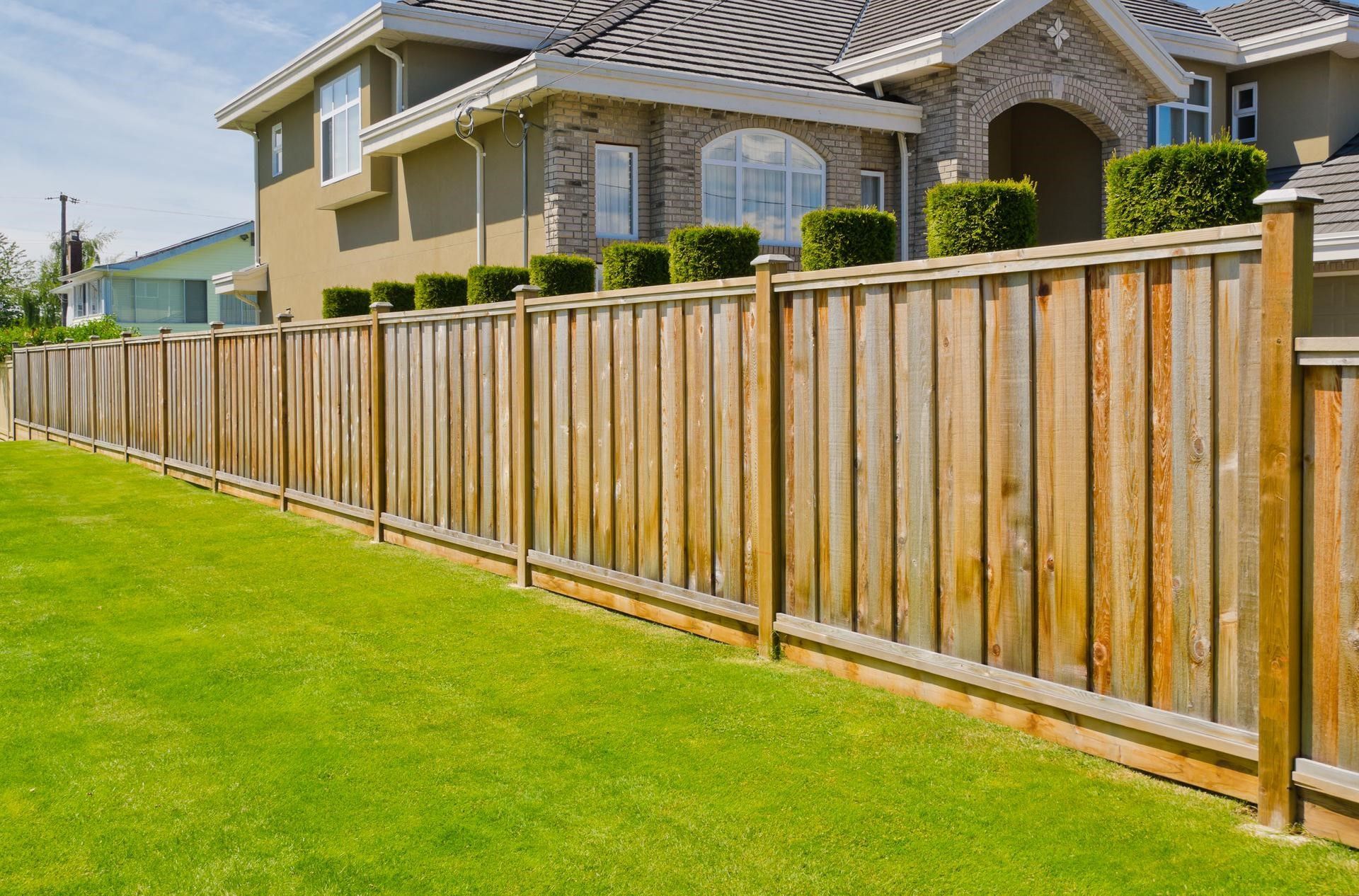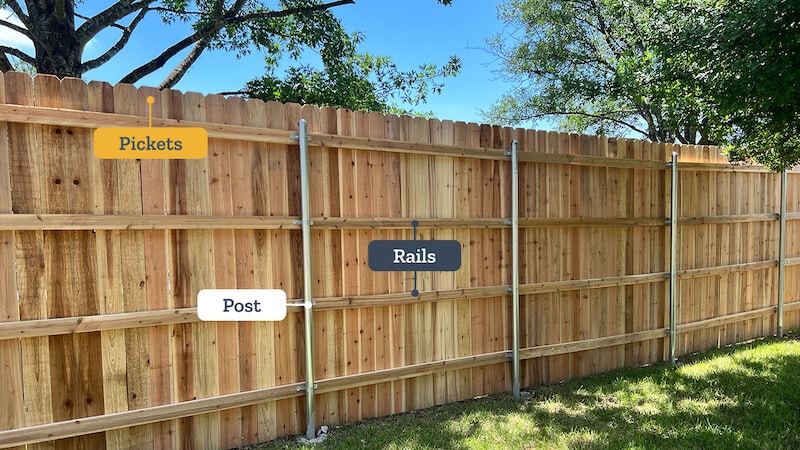Step-by-Step Overview to Installing a Wood Fencing for Your Home or Residential Or Commercial Property
Installing a timber fencing can dramatically boost both the performance and visual appeal of your property. Understanding these steps not just makes sure a sturdy installation yet likewise adds to long-term satisfaction.
Planning Your Fencing Setup
When starting the installment of a timber fencing, cautious planning is necessary to make sure an effective result. Begin by assessing the function of the fence-- whether it is for personal privacy, safety and security, or appearances-- given that this will influence the layout and layout. Next, assess the home lines, making sure to confirm the borders via a survey or title deed to prevent disputes with next-door neighbors.
Take into consideration regional zoning property owners and legislations' association standards, as these may determine fence elevation, style, and products. It is recommended to obtain the required licenses prior to starting job, as this can avoid lawful complications later.
Furthermore, think about the terrain and dirt problems of your building. Irregular ground might require additional adjustments during setup, while rough dirt could require specialized tools.
Finally, produce an in-depth plan that includes measurements, the number of posts, and the spacing in between them. A clear format will certainly help with the installation procedure and ensure that you have all required materials available. By adhering to these planning steps, you can establish a strong structure for a successful wood fencing setup.
Selecting the Right Products
Selecting the suitable materials for your wood fence is essential to making certain sturdiness and aesthetic appeal. The most common kinds of wood utilized for fence consist of cedar, redwood, and pressure-treated ache. Cedar and redwood are normally immune to decay and pests, making them superb selections for durability. Their rich colors and natural grain patterns also enhance the aesthetic allure of your residential property.
Pressure-treated yearn is an additional popular choice, as it is commonly a lot more inexpensive. However, it requires routine upkeep and treatment to prolong its lifespan. When selecting timber, take into consideration the environment of your region; for instance, locations with high humidity may gain from timber species with greater resistance to wetness.
A picket fencing might call for different product requirements contrasted to a personal privacy fence. By thoroughly selecting your materials, you can guarantee that your timber fencing will certainly stand the examination of time while complementing your home's landscape.
Preparing the Installation Website

Preparing the installation site is a vital action in making certain the successful construction of your timber fencing. Appropriate preparation not only helps with a smoother installment procedure however additionally adds to the durability and stability of the fence.

If your site has uneven ground, think about leveling it or changing your fencing design as necessary. This is necessary to avoid damage during installation and ensure security.
Setting Up the Fencing Posts

Next, dig openings for each and every message, ensuring they are deep enough-- normally one-third the height of the article over ground-- to provide security. A depth of a minimum of 2 feet is a good idea for the majority of fencings. The diameter of the holes should be roughly 3 times the size of the posts.
Once your holes are ready, place each message upright right into the marked opening. Make use of a degree to guarantee they are plumb, changing as required. After positioning, fill the openings with concrete mix or stuffed dirt for included assistance. Permit the concrete to treat as per the producer's instructions, generally 24 to two days. Appropriately set up blog posts are crucial for preserving the structural stability of the fence, ensuring it continues to be upright and safe and secure against ecological tensions.

Adding Fencing Panels and Completing Touches
As soon as the fencing blog posts are safely set, the following step includes attaching the fencing panels, which will define the borders of your property. Begin by placing each panel in between the articles, guaranteeing they are level and straightened. Use a degree device to inspect that the panels are straight; this will certainly guarantee a specialist surface. For optimum stability, safe and secure each panel to the articles using galvanized screws or nails, which withstand corrosion and corrosion.
Besides panels are affixed, evaluate the entire fencing for any kind of gaps or misalignments. Make changes as required to ensure an uniform look. When satisfied with the placement, consider including ending up touches. Sand any rough sides or surface areas visit our website to stop splinters and improve appearances.
Furthermore, applying a protective sealant or tarnish will boost the wood's resilience versus climate elements, lengthening the life of your fence. Select a shade that matches your home and landscape for an aesthetically pleasing appearance. Examine local regulations for any type of called for upkeep or updates to make sure compliance with community standards. With these actions, your wood fencing will not just serve its objective successfully but likewise enhance the total allure of your home.
Conclusion
Finally, the effective installation of a timber fence requires cautious preparation, choice of ideal materials, comprehensive site prep work, and precise execution of installment methods. Interest to information during each phase ensures structural stability and visual appeal. By sticking to the described actions, homeowner can improve safety and security, visual, and personal privacy charm, inevitably adding to the overall value and performance of the home. Correct upkeep post-installation even more extends the life and look of the timber fencing.
When beginning on the setup of a wood fence, mindful preparation is essential to guarantee a successful outcome.Selecting the appropriate products for your wood fencing is critical to ensuring durability and visual allure. A picket fence may call for various product specs compared to a personal privacy fence.With the setup site properly prepared, the following step involves establishing the fence blog posts, which offer as the backbone of your timber fence.When the fencing messages are securely established, the next action involves attaching the fencing panels, which will specify the limits of your building.